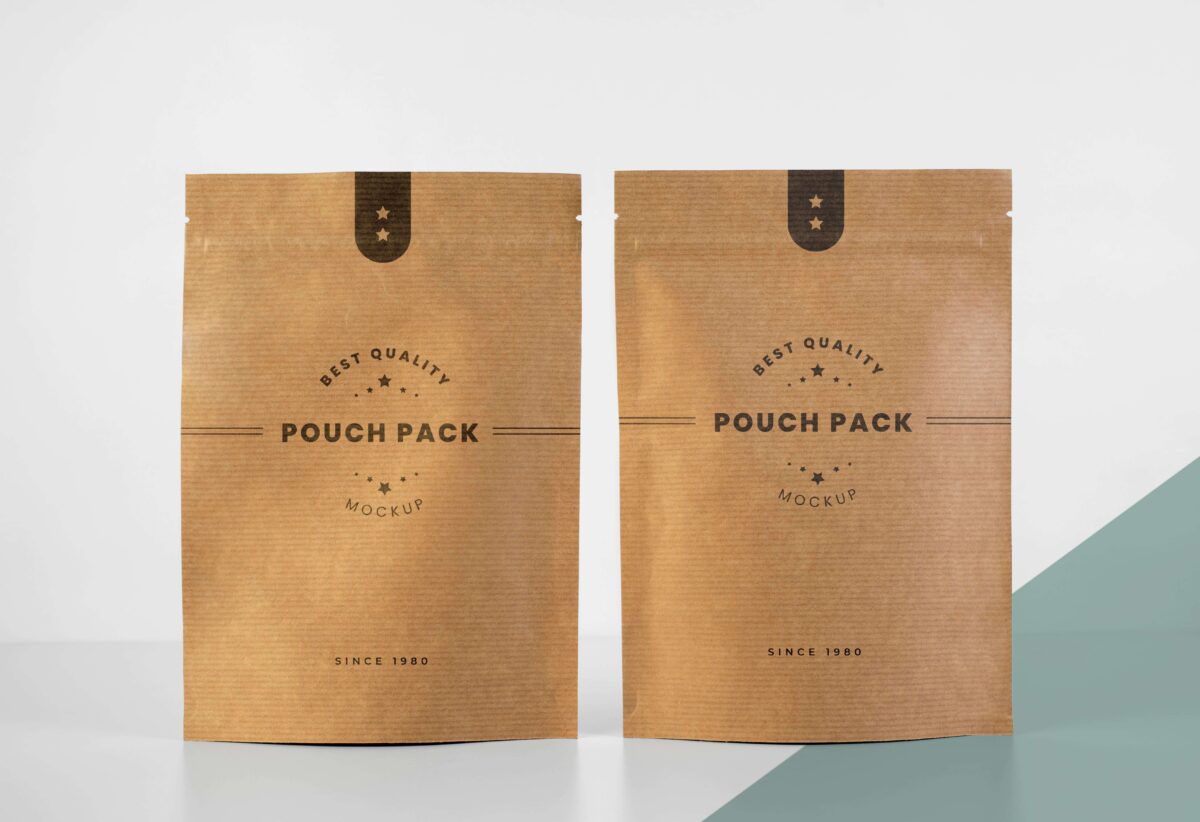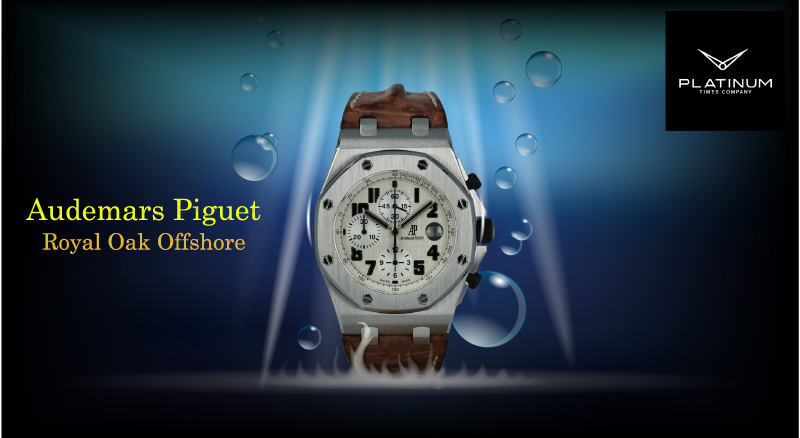How To Choose The Right Product Packaging For Your Business?

Businesses that require the transportation of goods from one place to another have to keep in mind their product packaging. Selecting the proper product package for the kind of product you sell is key for preserving them during transportation.
If you select the wrong product packaging material, then your products can either break (harder durable goods) or rot (biodegradable products like food). You can select the perfect product packaging by analyzing the type of product you sell and its factors like its size and shape.
Scroll down to find out about more product packaging types and learn what factors you should consider before you decide on a product packaging type.
Types Of Product Packaging
The first thing that you should know is the various product packaging types based on the material used. The most commonly used product packaging materials are:
1. Rigid Boxes
If you have a look at durable mechanical goods like mobile phones and laptops, they will always come in a rigid box. You can call cardboard boxes rigid boxes in the packaging industry because of their durability and ease of transportation.
You cannot use rigid boxes too much because of shown expensive it is to buy them in bulk. However, their sturdy design and materials make them suitable for packing any kind of product.
2. Chipboards
Made out of fibrous materials, this packing material is as light as paperboards but is also rigid and durable as rigid boxes. It is pretty cheap and also provides a high level of recyclability and durability. Therefore, this is a pretty solid eco-friendly, and recyclable choice of packaging. You can use chipboards to pack lighter products like cereals, milk powder, and other food products.
3. Corrugated Cardboards
Such cardboard is known to be corrugated because they contain an additional layer of creases inside them that protects the food inside from outside dirt and keeps them warm for longer periods.
Businesses like KFC, Mcdonald’s, Dominos, and more use corrugated cardboard to pack their food products. Since oily and fried food products can become soft and soggy, corrugated cardboard protects them from becoming like that by keeping them warm for a longer period of time.
Corrugated cardboards have an additional layer of creases on the inside of nits folds that protects whatever product is inside. In addition, it keeps dirt and water away from the inside, keeping food products warm and secure.
4. Cotton
While not exactly a very popular choice for packaging products, cotton bags are often used for certain types of products only. Cotton is one of the most eco-friendly packaging materials that are also highly affordable for small and large businesses.
Cotton bags are mainly used to pack clothes, apparel, jewelry and ornaments, and smaller showpiece furniture.
5. Plastic
Plastic is one of the most commonly used packaging products that businesses prefer using. If you go to the shop to buy groceries and other items, there is a high chance that the shopkeeper will hand them over to you in a plastic bag. Available in various forms (even chocolate wrappers and certain food products), plastics are not easily decomposed, leading to several pollution issues.
6. Sealed Foils
Sealed foils are best used to pack cooked food items. This is because using sealed foils to pack food products keeps them warm for a longer time. Reverb certain delicate items that can get damaged due to dust, like computer chips and disks, are also packed in sealed foil bags.
7. Jute
Jute bags are mostly used to pack certain musical instruments, especially wooden instruments like drumsticks and flutes. It is also more commonly used to pack agricultural products like raw food materials, and even furnishings like carpets, rugs, and towels to keep their textures smooth for the skin.
8. Cans
Metal cans are commonly used to pack liquid food items like carbonated beverages (can of Pepsi) and other liquid products. One of the main benefits of canned packaged goods is that they are highly suitable for liquid products (even edible and non-edible oils), and are pretty durable too.
How To Choose The Right Product Packaging?
Now that you know about the various packaging items, how do you choose the right one for your business? Here are a few things you should keep in mind while choosing your product packaging:
1. Budget
Since various kinds of packaging materials cost vastly differently from each other, your packaging budget is the most important factor when you choose the packaging material. It ultimately boils down to your budget because depending on the size of your business and the number of individual products you are selling, some better packaging options can be incorrect financially because they can be too expensive.
2. Portability
Portability is another factor when considering the packaging material for your products because the durability of the packaging product is key during transportation and warehousing. For example, If you sell liquid-based products (like fruit juices), tin cans, small cardboard cartons, and plastic jars should be ideal.
3. Sustainability
Long term sustainability of products and your budget is another key factor that determines which type of packaging material is best suited for promoting your business. Also, since waste management issues are scaling rampantly across all industries, going for eco-friendly packaging (if possible) might be the best choice for your business and customers in the long run.
4. Size
The size of your product and the quantity transported is important to keep in mind when selecting the packaging material of your choice. Bigger items will require bigger packaging. Therefore, it’s best to store such items in big cardboard boxes and tinned drums (oil). You will not want to pack a big refrigerator in a big jute bag.
Conclusion
After reading this article, you should be able to get a brief idea as to what type of packaging products are available. Based on the type of goods you sell, one material can be bad while another one can be good.
Therefore, after analyzing the requirements of your product, go through some other factors like your budget and required product portability to make the best decision for your products and your brand.







